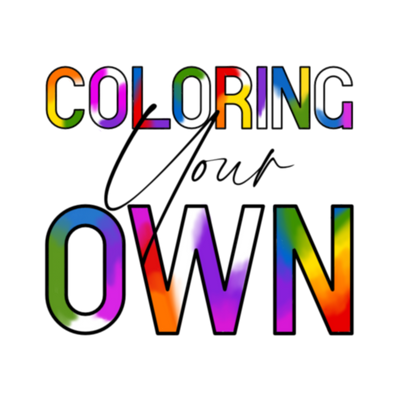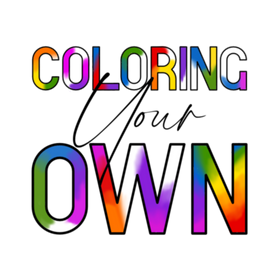Color is Nuanced, Complex, and Simple - All at the Same Time

Color is a fascinating subject, both aesthetically and scientifically. It has the ability to evoke powerful emotions, influence our moods, and impact our perceptions. Yet, despite its widespread importance, the study of color is still in its infancy. Modern psychology has made some strides in understanding the basic effects of color, but it has struggled to fully grasp the nuances of color's impact on our lives. This is due, in part, to the multitude of uncontrollable variables that make it difficult to quantify the effects of color on our personalities and experiences.
One of the key challenges in studying color is the fact that it is a subjective experience. What one person sees as calming and soothing may be seen as boring and uninteresting by another person. This is where color personality studies come into play. While some people may find the idea of color personality to be a bit of a stretch, there are certain basic patterns that can be observed. For example, warm colors like red and yellow tend to be associated with excitement, while cool colors like blue and green are often seen as calming.
Despite these broad trends, however, there are many exceptions to the rule. This is where the nuance of color comes into play. While a person may generally prefer warm colors, for example, there may be specific instances where they are drawn to cool colors instead. This highlights the importance of considering individual experiences and perspectives when studying color.
Another field that has explored the relationship between color and our well-being is color therapy. This practice has been used for thousands of years by ancient civilizations, including the Egyptians, who bathed in colored light in their pyramids in order to heal various ailments. Today, color therapy is still used to promote physical, emotional, and spiritual healing, with practitioners using specific colors to balance the energy centers, or chakras, in the body.
While the idea of chakras has been observed by both Indian and Egyptian cultures, there may be differences in their understanding and interpretation of these energy centers. Despite these differences, however, both cultures have recognized the power of color in healing and promoting well-being.
Color also has a significant impact on the world of marketing and branding. Companies invest millions of dollars each year researching the psychological effects of color, using this information to create logos, packaging, and advertising that will resonate with their target audience. This highlights the importance of color in shaping our perceptions and influencing our decisions.
In conclusion, the study of color is complex, multi-faceted, and still in its early stages. While modern psychology has made some progress in understanding the basic effects of color, the full extent of its impact on our lives remains largely unknown. Nevertheless, the fields of color therapy, chakra studies, ancient civilization use of color therapy, color light therapy, color symbolism, and marketing use of color, offer tantalizing glimpses into the many ways that color shapes our experiences and personalities. It is an area of study that promises to offer exciting new insights in the years to come.


Leave a comment